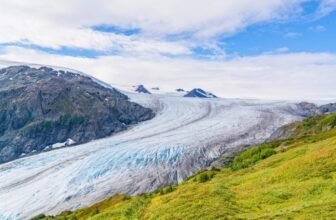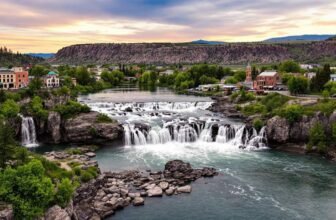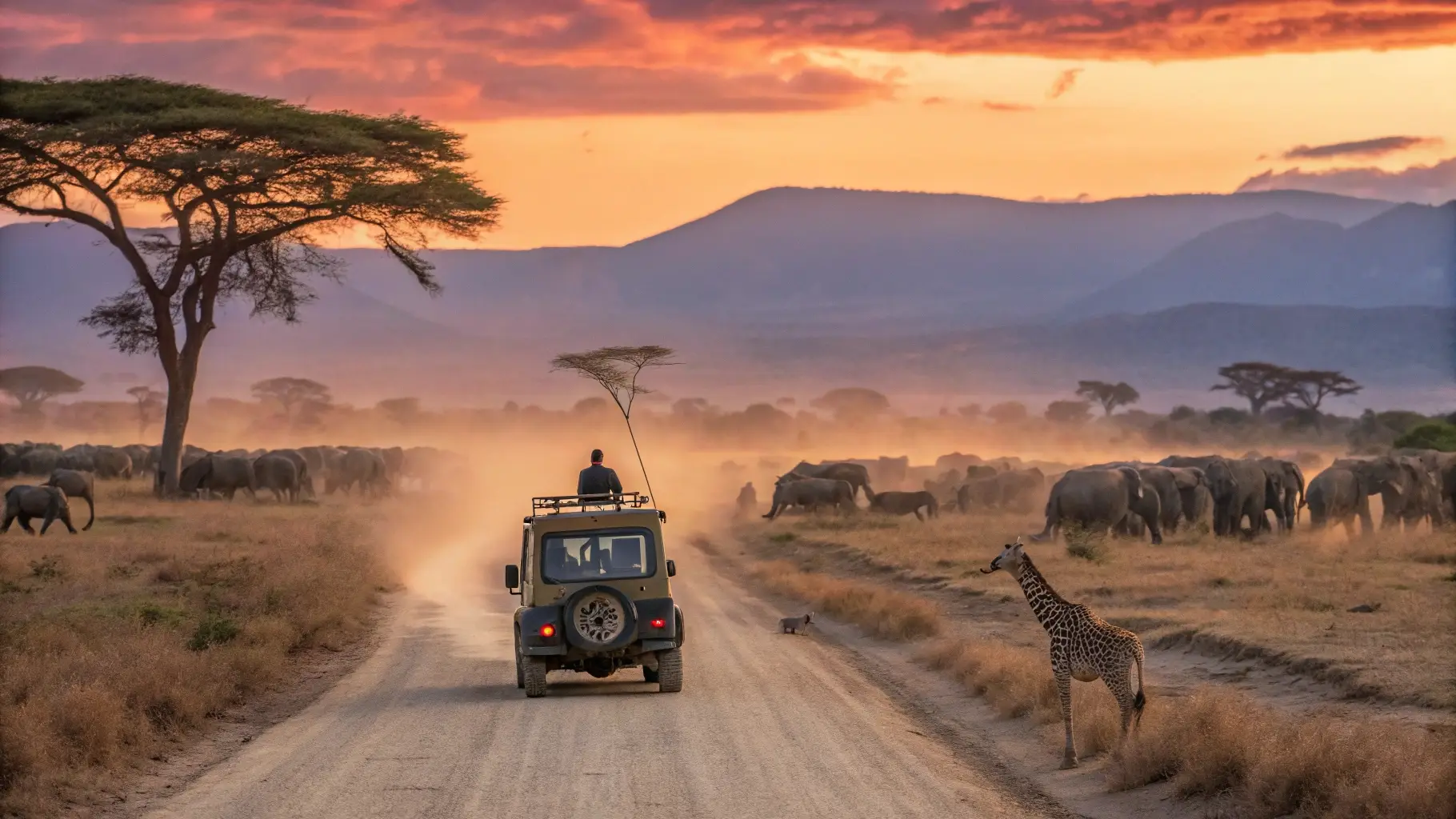
Roar cracks through golden stillness, stirring dust and ancient instinct. No plush lodges. No convoys of clicking cameras. Just raw wilderness, waiting.
Craving more than curated experiences, travelers now seek authentic connection—to land, to life, to something wilder than Wi-Fi. As safari costs soar, the hidden gems rise: quieter, richer, half the price. This isn’t just about saving money. It’s about rediscovering awe in unexpected corners, where nature writes its own rules and every sighting feels personal.
Ready to trade the obvious for the extraordinary? These 11 journeys promise something rare: wildlife encounters that stay with you long after the dust settles.
1. South Luangwa National Park, Zambia

Nestled in the remote heart of eastern Zambia, South Luangwa feels like stepping into a secret corner of Africa known only to the truly intrepid. Here, the Luangwa River cuts through ancient woodland and open plains, drawing in wildlife by the thousands. This park is widely regarded as the birthplace of the walking safari, and there’s nothing quite like tracking a pride of lions on foot—feeling the earth beneath your boots and the heartbeat of the wild echoing in your chest. As night falls, the bush comes alive with sounds: hyenas call from the darkness and hippos grunt from the riverbanks. It’s wild, raw, and profoundly beautiful.
One moment still etched in memory: sitting quietly under a sausage tree, watching a leopard descend with effortless grace just 20 feet away. There was no vehicle, no engine—just silence and the soft rustle of leaves. This kind of intimacy with nature is what makes South Luangwa utterly unique. The guides here are exceptional—many are local, deeply knowledgeable, and trained to an impressive standard. Their passion for conservation and storytelling deepens every encounter.
Key Practical Information:
- Peak Season: July to October (dry season, best wildlife viewing); Off-peak: November to April (lush scenery, birdwatching, but fewer animals)
- Getting There: Fly into Mfuwe via Lusaka; most lodges offer pickup
- Ideal Duration: 4–6 days
- Must-Try: Guided walking safaris and a sundowner cruise on the Luangwa River
- Budget Tip: Stay at community-owned bush camps for affordable, authentic stays
- Cultural Etiquette: Greet locals warmly; tipping guides is customary and appreciated
- Photography Tip: Use golden-hour light to capture elephants crossing the river
2. Ruaha National Park, Tanzania
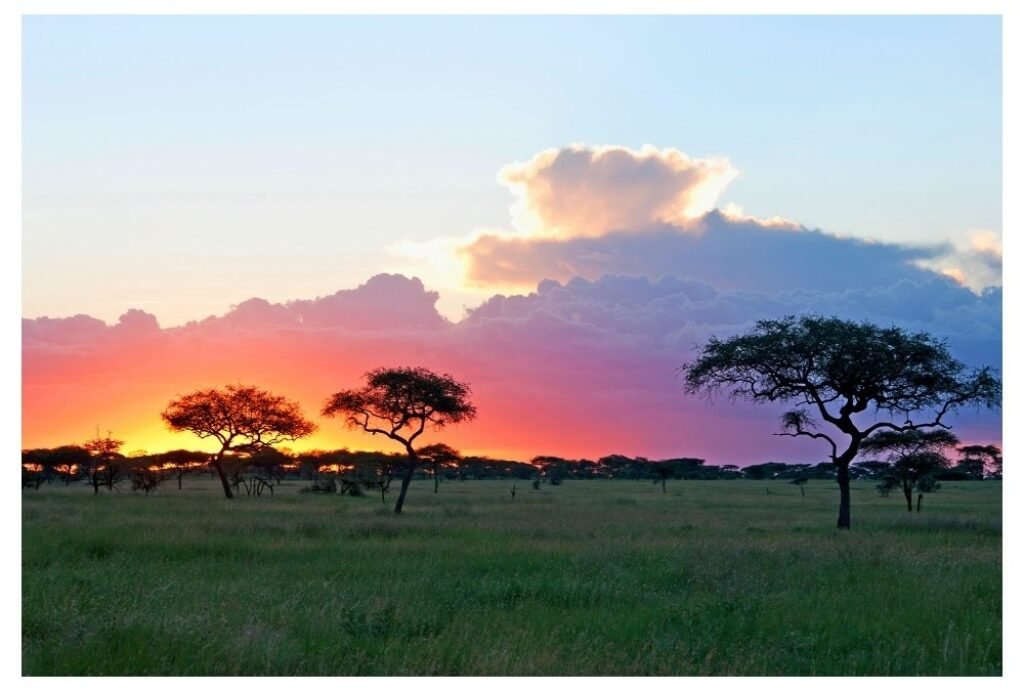
Often overshadowed by the Serengeti, Ruaha is one of Africa’s best-kept secrets—a land of baobab trees, great elephant herds, and wide skies. It’s massive (larger than the Serengeti) yet sees a fraction of the visitors. Game drives here feel like private safaris; you’ll rarely encounter another vehicle. The wild terrain shifts dramatically from rocky hills to open plains and the life-giving Ruaha River, where lions and leopards lounge in the shade. It’s classic East Africa, minus the crowds.
I recall watching a lion pride take down a kudu, the chase kicking up dust against a backdrop of ancient baobabs. Our guide, Joseph, barely spoke above a whisper, but his enthusiasm was infectious—pointing out everything from a rare carmine bee-eater to fresh hyena tracks. The campfire dinners under starlit skies were just as unforgettable as the game drives. Ruaha feels like an adventure, and the remoteness makes every sighting feel earned.
Key Practical Information:
- Peak Season: June to October (dry, high wildlife density); Off-peak: January to March (lush, fewer crowds)
- Getting There: Charter flights from Dar es Salaam or Arusha to Msembe Airstrip
- Ideal Duration: 4–5 days
- Must-Try: Night safaris and birdwatching—over 570 species recorded
- Budget Tip: Travel in shoulder season (May or November) for great value
- Cultural Etiquette: Dress modestly when visiting villages; ask before photographing locals
- Photography Tip: Wide-angle shots with baobab silhouettes at sunset are iconic
3. Hwange National Park, Zimbabwe
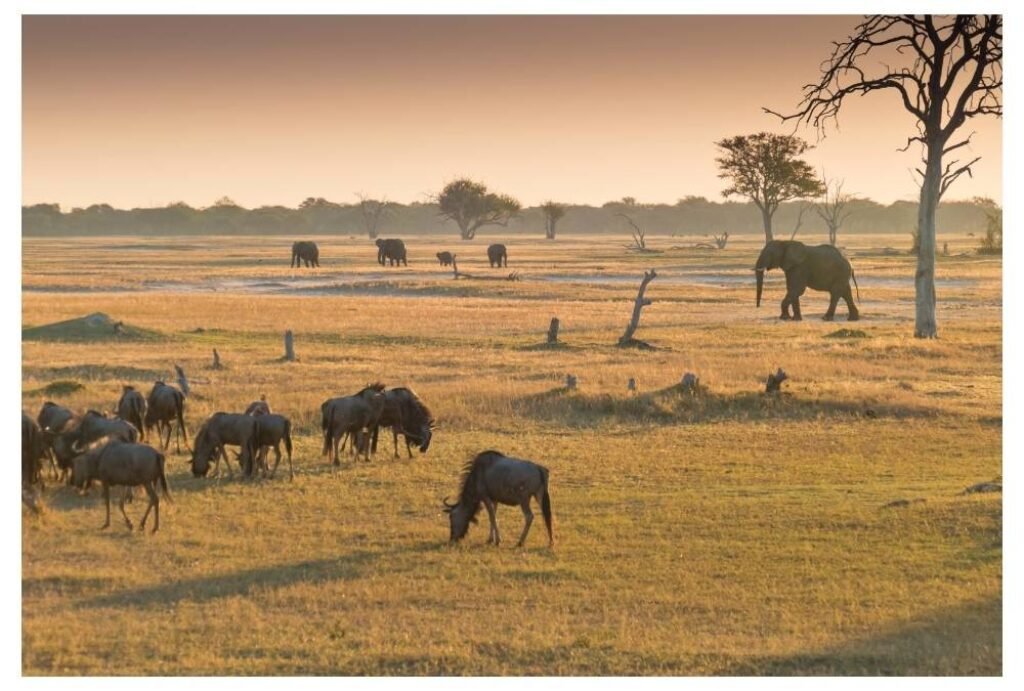
Hwange is Zimbabwe’s flagship safari destination, yet still feels gloriously under-visited. It’s home to one of the largest elephant populations in Africa and offers excellent predator sightings, especially lions and wild dogs. The park’s mosaic of savannah, woodlands, and seasonal pans makes it incredibly diverse. Game viewing is especially dramatic in the dry season when animals gather around man-made waterholes maintained by pump systems—some of which date back to the early 20th century.
One morning, as we sat at a hide overlooking a pan, hundreds of elephants arrived in waves, trumpeting and dust-bathing just meters away. It felt like witnessing an ancient ritual. Later, our guide explained how many of these waterholes are sustained through community and conservation partnerships—visiting Hwange isn’t just about wildlife, it’s about supporting a living ecosystem. The sense of stewardship runs deep here.
Key Practical Information:
- Peak Season: July to October (dry season, best for elephant sightings); Off-peak: November to March (green season, birds and babies)
- Getting There: Fly or drive from Victoria Falls (~2.5 hours by road)
- Ideal Duration: 3–5 days
- Must-Try: Visit Nehimba or Masuma Pan hides; track wild dogs with conservationists
- Budget Tip: Combine with a trip to Victoria Falls for affordable logistics
- Cultural Etiquette: Learn a few words of Shona or Ndebele—it goes a long way!
- Photography Tip: Mid-morning at waterholes can yield incredible elephant shots
4. Madikwe Game Reserve, South Africa

Madikwe offers something rare in the safari world: a malaria-free, Big Five experience that feels exclusive yet accessible. Located near the Botswana border, this reserve is a shining example of conservation-led tourism. It was reclaimed farmland just a few decades ago, but today teems with rhinos, lions, elephants, and the elusive African wild dog. The terrain varies from dusty Kalahari scrub to lush grassland, adding visual drama to your sightings.
One sunrise drive brought us face to face with a pack of wild dogs on the hunt—fast, frenetic, and thrilling. What struck me most was the personalized service: smaller lodges mean better guide-to-guest ratios, and every experience feels curated. Because it’s privately run, Madikwe also allows off-road driving and night safaris, which amps up the adventure factor. It’s perfect for first-time safari-goers or families.
Key Practical Information:
- Peak Season: May to September (cooler, drier, excellent visibility); Off-peak: December to February (green, warm, occasional rain)
- Getting There: 4.5-hour drive or 1-hour flight from Johannesburg
- Ideal Duration: 3–4 days
- Must-Try: Track wild dogs and rhinos on foot with expert rangers
- Budget Tip: Shoulder season offers the best deals; self-drive options can lower costs
- Cultural Etiquette: Tipping is customary; respect private land boundaries
- Photography Tip: Low-angle light in the early morning is perfect for wild dog action shots
5. Kafue National Park, Zambia

Vast, untouched, and staggeringly beautiful, Kafue is Zambia’s largest national park—and one of its least explored. It offers a truly wild safari with the chance to spot lesser-known species like sitatunga, cheetahs, and the rare Pel’s fishing owl. The Busanga Plains in the north are a major highlight, with seasonal floods creating lush meadows where lions, antelope, and elephants roam freely.
One afternoon, we drifted silently in a mokoro (dugout canoe) past a family of elephants feeding at the water’s edge, their reflections shimmering in the flooded grasslands. That night, in a remote bush camp, the stars were so vivid they looked painted across the sky. Kafue rewards the slow traveler—the kind of person who values solitude, silence, and subtle moments of connection.
Key Practical Information:
- Peak Season: June to October (Busanga Plains accessible, dry conditions); Off-peak: November to April (limited access due to rains)
- Getting There: Charter flights from Lusaka or long 6–8 hour drive
- Ideal Duration: 4–6 days
- Must-Try: Explore Busanga Plains by balloon or mokoro
- Budget Tip: Choose central lodges in the Nanzhila Plains for lower rates
- Cultural Etiquette: Support local initiatives by buying crafts directly from artisans
- Photography Tip: Foggy sunrises on the plains offer surreal landscapes and big cat shots
6. Meru National Park, Kenya
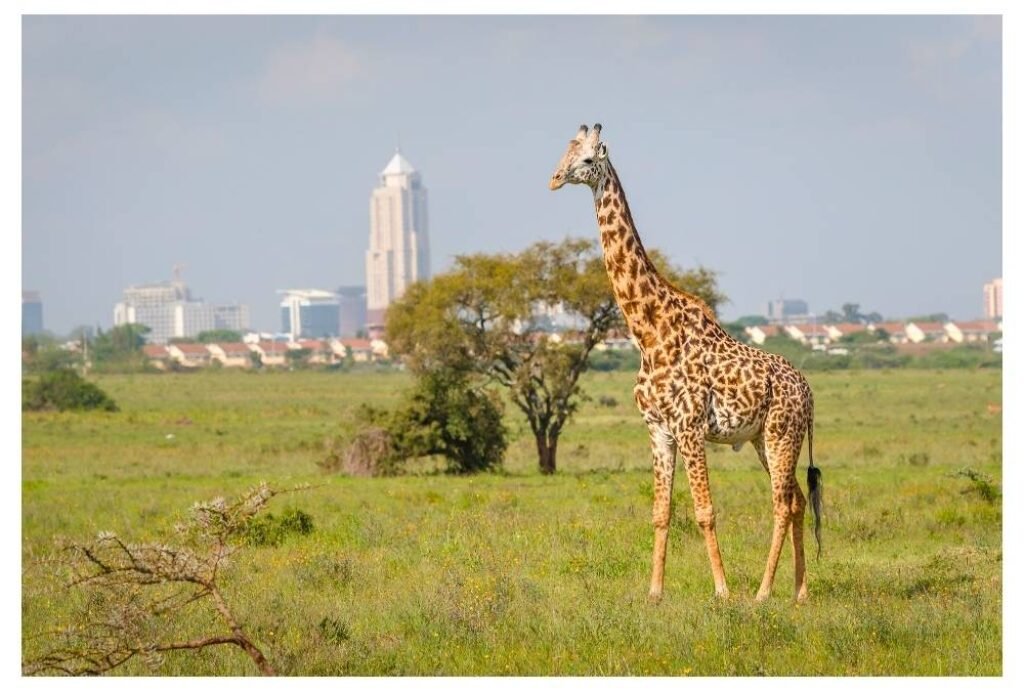
If Meru National Park had a voice, it would speak in quiet poetry—raw, lyrical, and often overlooked. Far removed from the beaten paths of the Maasai Mara, Meru is where Elsa the Lioness from Born Free was released, adding emotional depth to its already mythic landscapes. The park is a mix of contrasts: thick doum palms line rivers that shimmer like ribbons, while arid plains stretch under a limitless sky. Wildlife here feels truly wild, often shy and seldom habituated—making each sighting a revelation.
Picture this: you’re driving along a dusty trail when a sudden burst of movement catches your eye. A herd of Grevy’s zebras—a rarer, more stately cousin of the plains zebra—emerges into view. Their stripes look hand-drawn, and their presence reminds you just how unique Meru is. And unlike more commercial parks, you’ll likely have the view entirely to yourself. This is where solitude becomes a luxury, and the safari takes on a meditative tone.
Insider’s Snapshot:
- When to Go: June to September (dry, great visibility); Rainy seasons (March–May & Nov) add drama to riverscapes
- How to Reach: Fly to Mughwango or Kinna airstrips from Nairobi; driving takes 6–8 hours and reveals scenic rural life
- Essentials to Know: 3–4 days here feels immersive without rush; pair it with Laikipia or Samburu for a fuller experience
- Local Flavor: Visit the Elsa memorial site or stop in nearby villages for beadwork and storytelling
- Style Tip: Choose eco-lodges that support the Meru-Rhino Sanctuary and local employment
- Photo Gold: Early morning light through palm forests, elephants at water crossings
7. Mole National Park, Ghana

Mole (pronounced “Moh-lay”) offers a safari that turns every expectation on its head. Situated in Ghana’s remote north, it’s a far cry from the high-end lodges and polished game drives of East Africa. Instead, you get foot safaris, spontaneous elephant encounters, and a deeply human connection with the land and its people. Here, you’re more likely to track antelope on foot than in a vehicle—and yes, you might stumble across an elephant bathing in the watering hole right outside your lodge.
One afternoon, I watched a pair of elephants amble into the watering hole below Mole Motel’s deck as local children played drums in the village nearby. It was surreal: a merging of culture, wildlife, and rhythm that felt profoundly African. Mole doesn’t compete—it redefines what a safari can be. It’s raw, real, and deeply rooted in community.
Insider’s Snapshot:
- Travel Window: Dry season (Dec–March) ideal for clear sightings; rainy season (May–Oct) paints the park green and lush
- How to Get There: Fly to Tamale from Accra, then drive (~3 hours) to Mole
- Stay Duration: 2–3 days is plenty for wildlife + cultural immersion
- Don’t Miss: Take a guided walk at sunrise, or visit the nearby Larabanga Mosque, one of West Africa’s oldest
- Budget Watch: Entry fees are low, and accommodation ranges from budget lodges to mid-range eco-camps
- Community Vibe: Engage with locals—dance ceremonies, weaving workshops, and food tours are all part of the experience
- Photo Moment: Elephants framed by mosque minarets—only in Mole
8. Liwonde National Park, Malawi
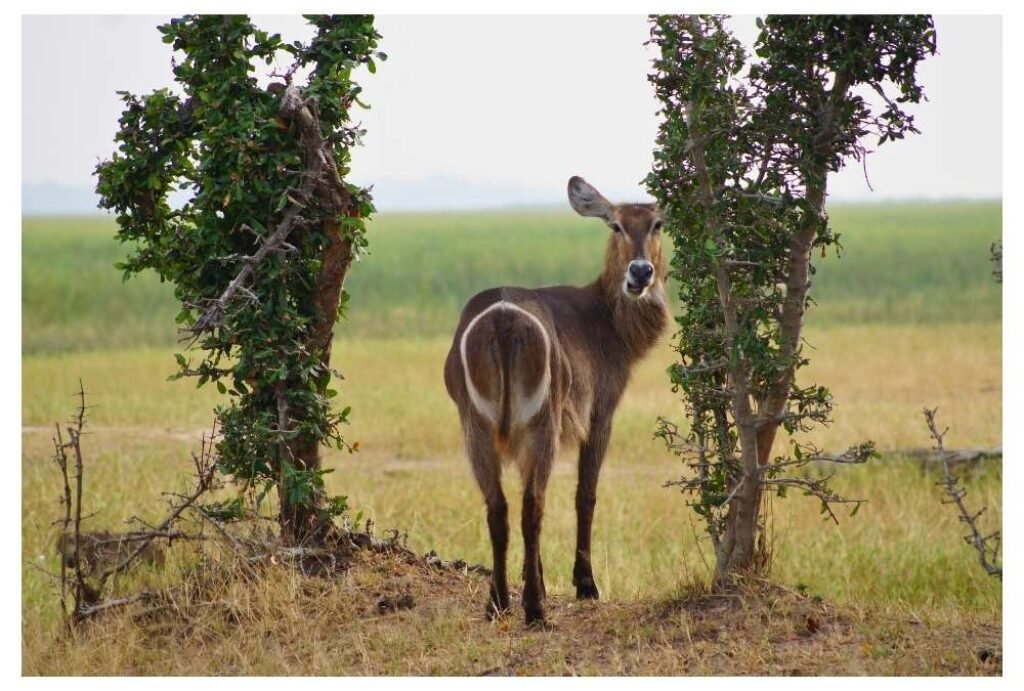
Liwonde is like a watercolor painting come to life. The Shire River flows lazily through its core, drawing elephants, crocs, hippos, and dazzling birdlife to its banks. Malawi’s reputation as “The Warm Heart of Africa” isn’t just about hospitality—it’s evident in every interaction, from smiling rangers to locals inviting you to a village lunch. Liwonde’s story is one of transformation: once depleted, it’s now rebounding thanks to stellar conservation work.
On a river safari, I drifted past a pod of yawning hippos while a fish eagle cried overhead. A pair of sable antelope stood regal in the golden light—rare, silent, and stunning. And just behind them? A black rhino, part of the park’s reintroduction success. There’s a feeling here that something good is growing, and as a visitor, you’re witnessing that rebirth firsthand.
Insider’s Snapshot:
- Seasonality: May to October is best for wildlife; November to April is rainy and green, great for birds and colors
- Getting In: Drive from Blantyre (3–4 hours); road infrastructure is good
- Stay Sweet Spot: 2–4 days is ideal, especially if you include Lake Malawi afterward
- Top Treats: Take a Shire River boat safari and visit a rural school or market
- Affordable Luxe: Parks-run camps offer budget-friendly rates, while Mvuu Lodge provides stylish mid-range options
- Cultural Cue: A handshake goes a long way; learn a few words of Chichewa for instant warmth
- Best Lens Work: A 300mm zoom is perfect for hippos, elephants, and kingfishers
9. Nyungwe Forest National Park, Rwanda

Nyungwe isn’t your typical safari—it’s a mist-draped rainforest teeming with primates, waterfalls, and butterflies that flit like living confetti. Here, the safari is vertical. You’ll look up into the trees instead of out across savannas, searching for chimpanzees, colobus monkeys, and dazzling birds in a kaleidoscope of color. It’s where silence is punctuated by distant hoots, and every rustle holds the promise of life.
One morning, after an uphill hike that tested every muscle, we finally saw them—chimps crashing through the canopy, calling to one another in excited bursts. The experience was more than visual—it was visceral. The air smelled of moss and damp wood, and the light filtered through ancient leaves in slanted beams. Nyungwe is a place where the forest watches you back.
Insider’s Snapshot:
- Prime Time: June to September (drier, easier trekking); avoid heavy rains (March–May)
- Getting There: Drive from Kigali (5–6 hours) or fly to Kamembe Airport nearby
- Trip Length: 2–3 days is great for chimp trekking + canopy walks
- Must-Do: Chimpanzee tracking, forest canopy bridge walks, tea plantation visits
- Price Point: Mid-range to high, but permits are cheaper than Uganda’s
- Cultural Tips: Dress modestly, and be patient—tracking takes time and stamina
- Shutter Focus: Use fast shutter speed for moving chimps; wide angles for forest light shafts
10. Chobe National Park (Savuti & Linyanti regions), Botswana
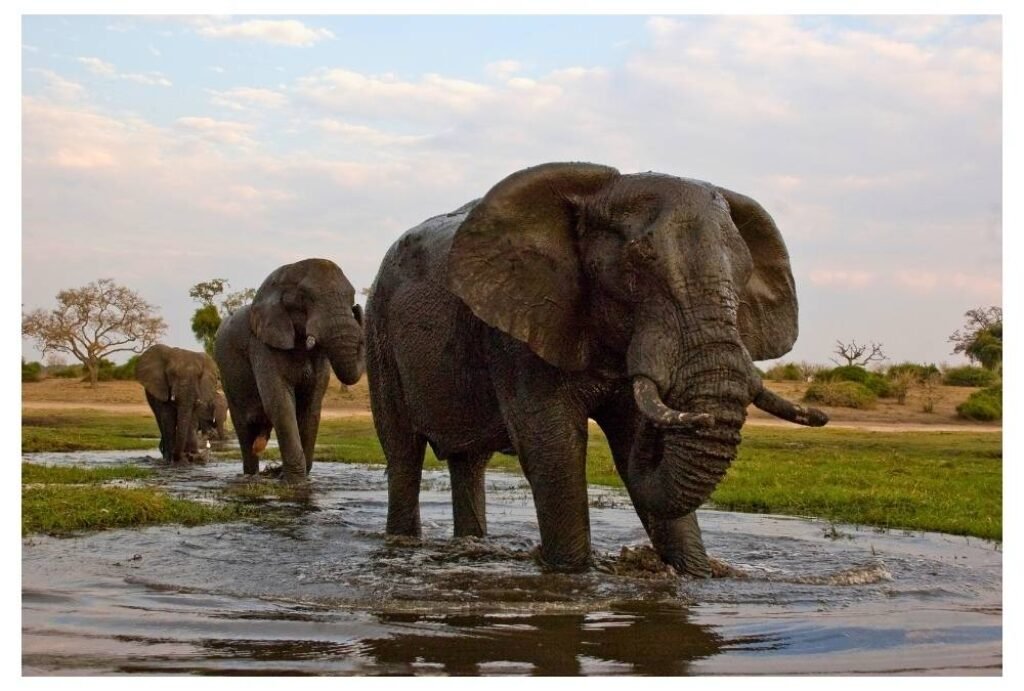
Chobe is famous for its riverfront herds, but it’s the less-traveled regions of Savuti and Linyanti that turn a great safari into an unforgettable one. These areas are dramatic, untamed, and packed with stories written in sand—lion prides known for elephant kills, and hyenas that outnumber leopards. There’s tension here, and that’s what makes it thrilling. You don’t just watch the wild—you feel its pulse.
Driving through Savuti one afternoon, our guide cut the engine. A stillness settled over us—then, from behind a termite mound, a coal-black-maned lion emerged, muscles rippling. Moments later, we spotted his pride, napping under mopane trees. No other vehicles. Just us, the lions, and the wind. It was eerie and unforgettable—an unscripted scene from nature’s rawest drama.
Insider’s Snapshot:
- Go Time: May to October (dry season, high drama); Green season (Dec–March) is lush and excellent for birding
- Access Routes: Fly into Kasane, then light aircraft or 4×4 into Savuti/Linyanti
- Stay Duration: 4–5 days to allow full immersion and slow exploration
- Unmissables: Drive the Savuti Marsh, and if you’re lucky, catch a lion-elephant standoff
- Budget Stretch: Mobile camps are the most affordable and offer the most authentic bush vibe
- Etiquette Tip: Speak softly at sightings; off-road driving is often restricted for conservation
- Visual Gems: Wide-frame shots of elephants on dusty horizons, especially in late afternoon light
11. Kaokoland and Skeleton Coast, Namibia
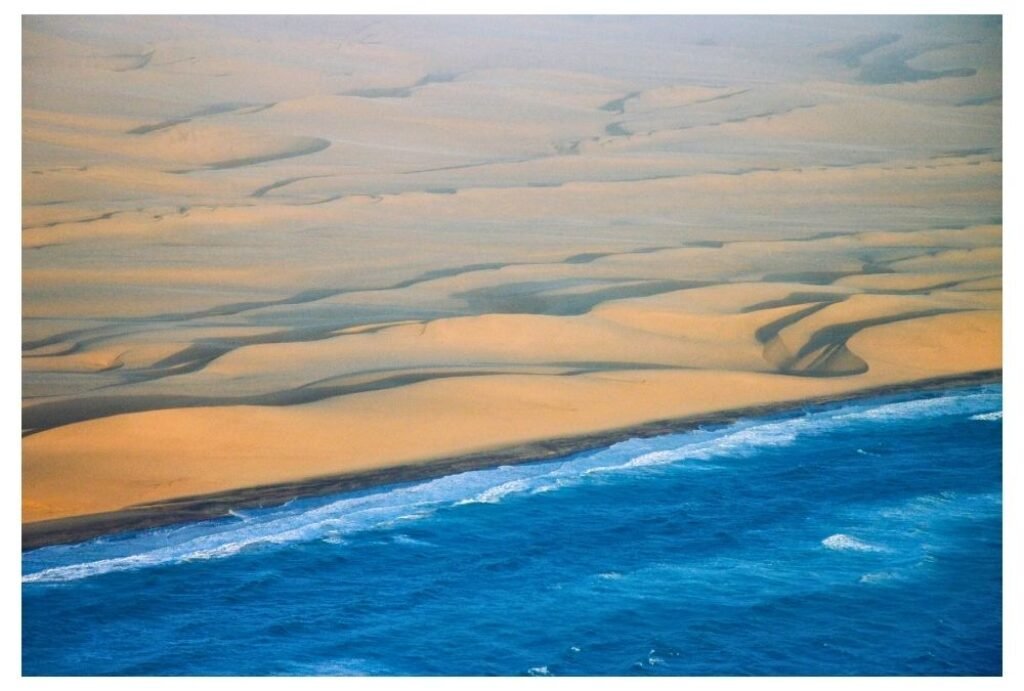
Kaokoland isn’t a safari in the traditional sense—it’s an expedition across time-sculpted wilderness, where desert-adapted elephants walk dry riverbeds and Himba tribes continue age-old traditions. It’s not about density of sightings but about the rare privilege of presence in a place so surreal, it feels like the moon met the Serengeti. The Skeleton Coast, meanwhile, adds eerie shipwrecks, seal colonies, and wind-swept dunes to the journey.
I remember cresting a dune to find a giraffe wandering the desert, its long legs impossibly graceful against the stark orange sand. That kind of surreal juxtaposition is what Kaokoland offers. One minute you’re sipping coffee near a dry river, the next you’re following lion tracks that seem to appear from nowhere. The silence out here is spiritual.
Insider’s Snapshot:
- Best Time: May to September for cooler, clearer weather; October to April is hotter and remote camps may close
- Getting There: 4×4 self-drive from Windhoek or charter flights to Skeleton Coast airstrips
- Recommended Stay: 5–7 days minimum; it’s all about the journey, not just the destination
- Must-Experience: Visit Himba communities and witness desert-adapted wildlife in ephemeral riverbeds
- Budget Note: Self-drive safaris help control costs; guided mobile expeditions offer expert depth
- Cultural Etiquette: Ask permission before photos; Himba culture is rich but deserves respect and context
- Top Shot: Lone elephant against sand dunes or shipwrecks swallowed by fog



